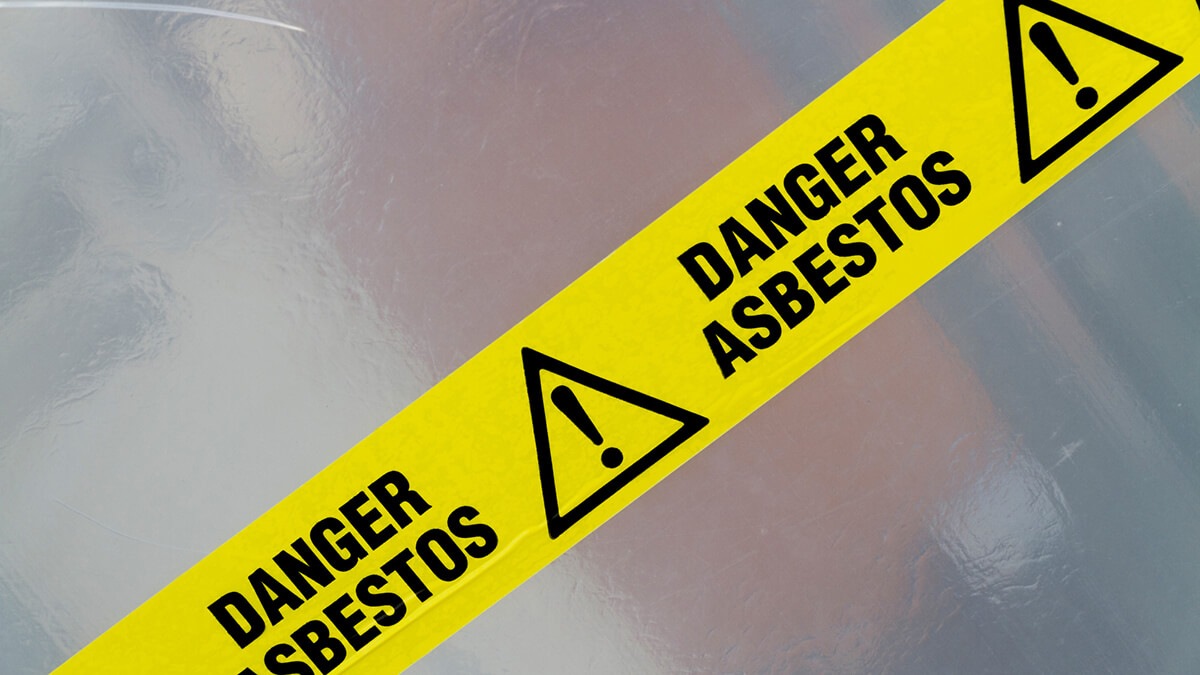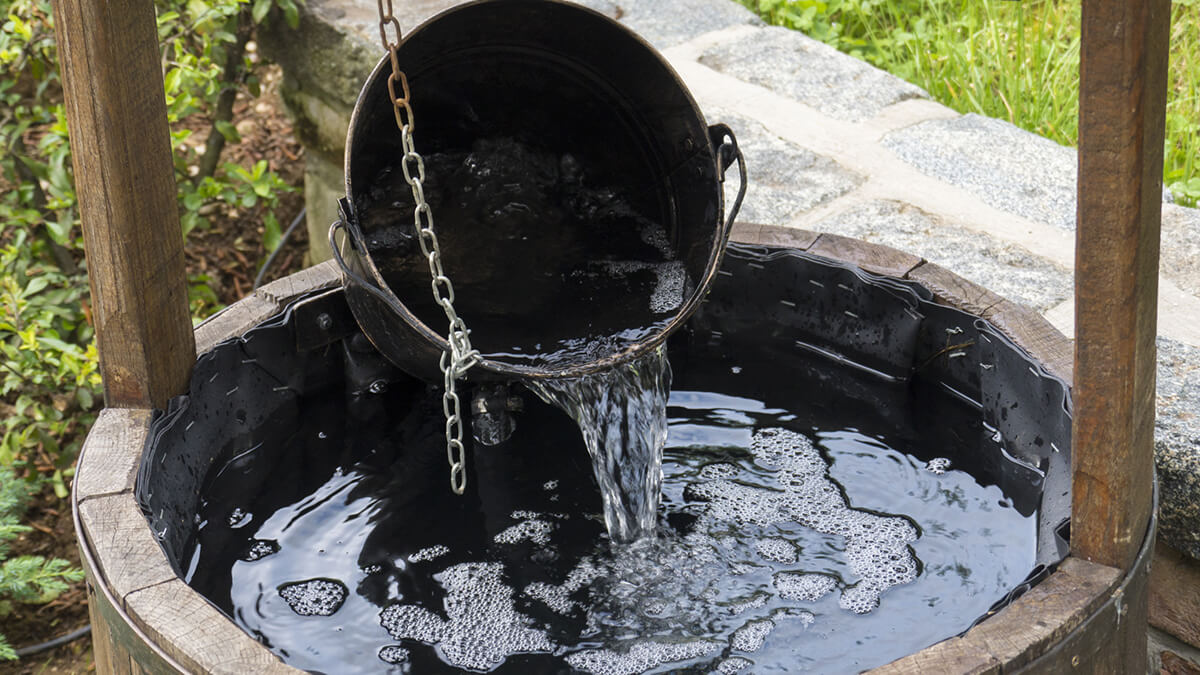The Philadelphia housing market continues to feel the impact of the pandemic and a boom at the same time in home and rent prices.
Signs of growth in Philly are popping up, yet the housing market is showing signs of slowing and leveling prices.
What impacts the housing market and prices for Philadelphia real estate? How do the job market and the economy of Philadelphia impact the overall health of Philadelphia?
Read on to learn more.
Compare Cash Offers from Top Home Buyers. Delivered by Your Local iBuyer Certified Specialist.
One Expert, Multiple Offers, No Obligation.
Philadelphia’s recovering economy
In the article ,How Philadelphia’s Economy Is Recovering, the Pew Charitable Trusts took a close look at the economy of the city of Philadelphia. They look at five factors that are indicators of the health, or lack of health, of an economy.
They did this two years into the pandemic, which had a significant economic impact in cities across the US, including Philadelphia.
In their evaluation of the city, they used five questions. This helped shape the perspective on the city’s economic health. The questions centered around:
- Jobs
- Levels of remote work
- Size of the workforce
- Strength of the housing market
- Philadelphia’s implications for equitable recovery
As you’ll see, the report highlights some bright spots for the city. Yet Philadelphia still has areas where the city continues to face hardship.
Let’s look at the questions used to evaluate Philadelphia’s economy and what Pew Trust learned when asking them.
Philadelphia’s employment sector
The report began with the question of jobs in Philadelphia. While many areas evaluated in Philadelphia’s economic health looked promising, others seemed sluggish. The jobs sector remained mostly in that sluggish category.
They looked at the third quarter of 2021 through the same period in 2022 and found only limited job growth in the city. While the city gained 31,000 jobs, it does not have employment levels back to where they were before the pandemic.
This sluggish job recovery is consistent with what’s happening in other large Mid-Atlantic cities like Washington DC and New York.
Remote workers in the city
Next, the report looked at the levels of workers returning to their office locations versus those remaining as remote workers. Of course, when the city considers economic recovery, bringing workers back into the city is key.
It seems that some levels of remote work are here to stay for the near future, especially for white-collar jobs.
Researchers found that some workers were returning to their offices some of the time, but not on a permanent or full-time basis.
All the data considered shows a slight increase in in-office work and office space occupancy. Yet it still had not returned to pre-pandemic levels.
Research suggests the outlook for office and commercial real estate isn’t good. As leases expire, they aren’t likely to be renewed, with fewer workers coming into the city full-time to do their jobs.
City government revenue
The report found a bright spot when considering revenue for the city government.
Local taxes came in much higher in 2022 than in 2021. The city reported a fund balance of $775 million in June of 2022.
A few factors contributed to better city revenues, including better-than-expected economic activity. The city also has many unfulfilled positions, so they aren’t paying salaries and benefits.
Workforce
Another part of the report considered the size of the workforce in Philadelphia. Coming out of the pandemic, there was widespread concern about worker shortages.
Simply the number of people looking for work had decreased and was more prevalent in Philadelphia than in other areas of the country.
Concerns about the volume of the workforce have eased as time has gone on for Philadelphia. The workforce grew to 727,000 Philadelphians in the third quarter of 2022. This was up from 718,000 six months earlier.
City housing market
The housing market in Philadelphia, like many areas around the country, saw a rapid increase in both home prices and rent prices post-pandemic.
There was widespread concern that many felt city residences would be priced out of the real estate market if those increases continued.
The report suggests that the Philadelphia real estate market concerns are softening as the interest rate rise has slowed housing cost increases.
Research in the article cites the Zillow Observed Rent Index that rent prices in the last quarter of 2022 also leveled out.
Philadelphia suburbs
In the article, The Philly Suburbs Are Bigger Than Ever, Sandy Smith grapples with urban sprawl or, more specifically, the sprawl of suburban Philadelphia.
Anne Mosher has spent the brunt of her career studying urban historical geography. Her focus includes how cities and their suburbs have grown and competed for relevance and resources.
Philadelphia is no exception. Where suburbs used to be separate entities from the city, now you can move from the city to a suburb and not notice any definitive boundary.
Driving through one of the major highways in Philadelphia, the landscape looks much different than even a decade ago. What used to be farmland and cow pastures is now suburbia with house after house.
Towns like Allentown, Reading, and Lancaster used to be separate entities but are now interconnected because of the city’s massive growth.
She references how New York and Philadelphia used to be in close proximity but separate. Their individual growth now overlaps along the Delaware River in Trenton and parts of Bucks County.
Mosher even went back historically to the time of William Penn in 1682. Since then, she contends that Philly has been consistently spreading its tentacles with growth in all directions since then.
She suggests that this is what cities figured out to do early on. Lay claim to land around the central part of a city for trade, production, and growth.
Philadelphia, at its onset, needed more agricultural resources, which pushed its metropolitan expansion early on.
Philadelphia’s metropolitan expansion is driven by business development and population growth. Initially, though, business economics drove growth.
Companies look for lower-cost places for data centers, warehouses, and distribution facilities. Once these go in, the workers follow, and growth ensues.
Sandy Smith cites many developers for suburban Philadelphia, discussing exactly how the growth from Philadelphia has affected their growth and even blurred the suburban lines.
Areas that once focused on rural character are slowly shifting to a more suburban focus.
Now developers in these urban communities want to create unique living places and attract homebuyers to move outward.
Interestingly, the article addresses some of the differences between cities and those spreading from them. The area is more and more like one giant metropolis. This is especially true as New Yorkers move into Bucks County and beyond.
Development grants
In a press release from Pennsylvania Democrats, State Senator Sharif Street (Philadelphia-D) announces $4.5 million for infrastructure improvement and community development in North Philadelphia and the northern Senatorial District.
The Local Share Account (LSA) and Multimodal Transportation programs award the grant. It intends to invest in ways to make North Philadelphia a better place for all to live.
That might mean the grant money is used for medical equipment for improved health equity and monies to fight the growing opioid epidemic in these communities.
Monies were also set aside to improve transportation infrastructure in the area.
As a part of this grant, several specific projects received funding. The programs included:
- City of Philadelphia ($400K) for a playground
- Called to Serve CDC ($240K) for the renovation of the Zion Annex Building as part of the plan to create the Reverend Leon H. Sullivan Community Impact Center
- Nueva Esperanza Housing and Economic Development ($350K) for a mixed-use property
- Black Doctor’s Consortium (It Takes Philly: Encouraging and Empowering Our Children to Aim High) ($282K) for the purchase of radiology equipment
- Chipping Hill Micro Farms ($50,160) for an advanced learning center for young children
- The Behavioral Wellness Center ($100K) for the purchase of a recreational vehicle (RV)
- Philadelphia City Rowing ($171,535) for youth development rowing and competing programs for Philadelphia City public school students
This grant money is highly focused on programs that will impact the population of Nothern Philadelphia. The goal is those that will have an almost immediate impact.
Growth and growing pain in Philadelphia
Like many large American cities after the pandemic, some parts of Philadelphia show real promise while others remain stagnant or struggling.
This is good news for Philadelphia. The city itself is showing promising signs of recovery. The suburbs continue to sprawl and become almost interconnected with each other.
Investments in areas of the city struggling offer a chance to improve the lives of residents and children going forward.
The Philadelphia housing market in 2023
The Philadelphia housing market is evolving like that in many cities. In some ways, there is growth. In other ways, soaring Philadelphia home prices coming out of the pandemic continue to level out.
Philadelphia real estate across the greater Philadelphia area continues to be in demand.
If you live in Philly and hope to sell your home, we can help. Let us provide a home valuation for your home so you can achieve a quick sale. Check out our free home value estimator today.
Instant Valuation, Confidential Deals with a Certified iBuyer.com Specialist.
Sell Smart, Sell Fast, Get Sold. No Obligations.
Reilly Dzurick is a seasoned real estate agent at Get Land Florida, bringing over six years of industry experience to the vibrant Vero Beach market. She is known for her deep understanding of local real estate trends and her dedication to helping clients find their dream properties. Reilly’s journey in real estate is complemented by her academic background in Public Relations, Advertising, and Applied Communication from the University of North Florida. This unique combination of skills has enabled her to seamlessly blend traditional real estate practices with cutting-edge marketing strategies, ensuring her clients’ properties gain maximum visibility and sell quickly.
Reilly’s career began with a strong foundation in social media marketing and brand communications. These skills have proven invaluable in her real estate practice, allowing her to offer innovative marketing solutions that set her apart in the industry. Her exceptional ability to understand and meet clients’ needs has earned her a reputation for providing a smooth and satisfying transaction process. Reilly’s commitment to client satisfaction and her innovative approach have garnered her a loyal client base and numerous referrals, underscoring her success and dedication in the field.
Beyond her professional achievements, Reilly is passionate about the Vero Beach community. She enjoys helping newcomers discover the charm of this beautiful area and find their perfect home.
Outside of work, she loves exploring Florida’s stunning landscapes and spending quality time with her family. Reilly Dzurick’s combination of expertise, marketing savvy, and personal touch makes her a standout real estate agent in Vero Beach, Florida.




